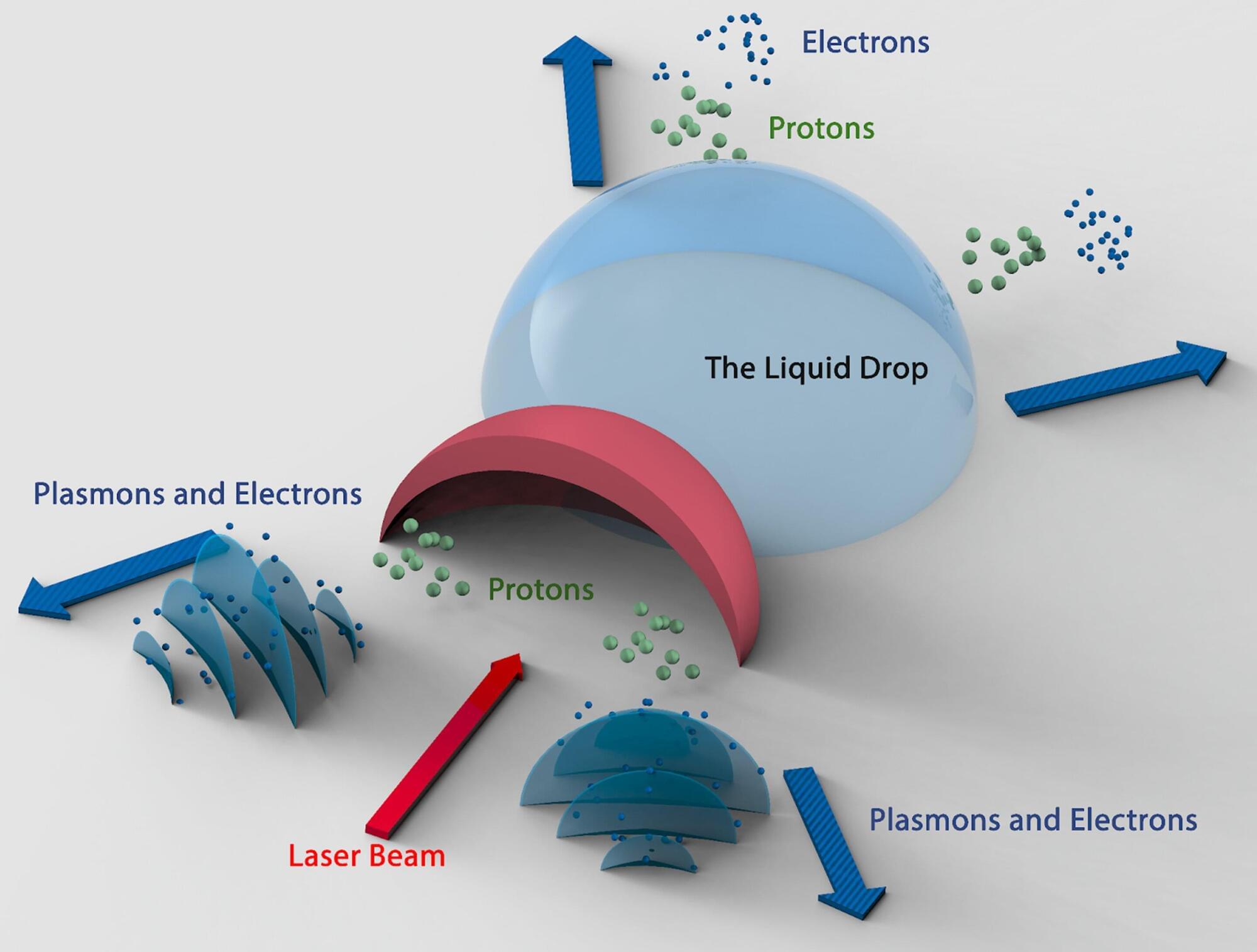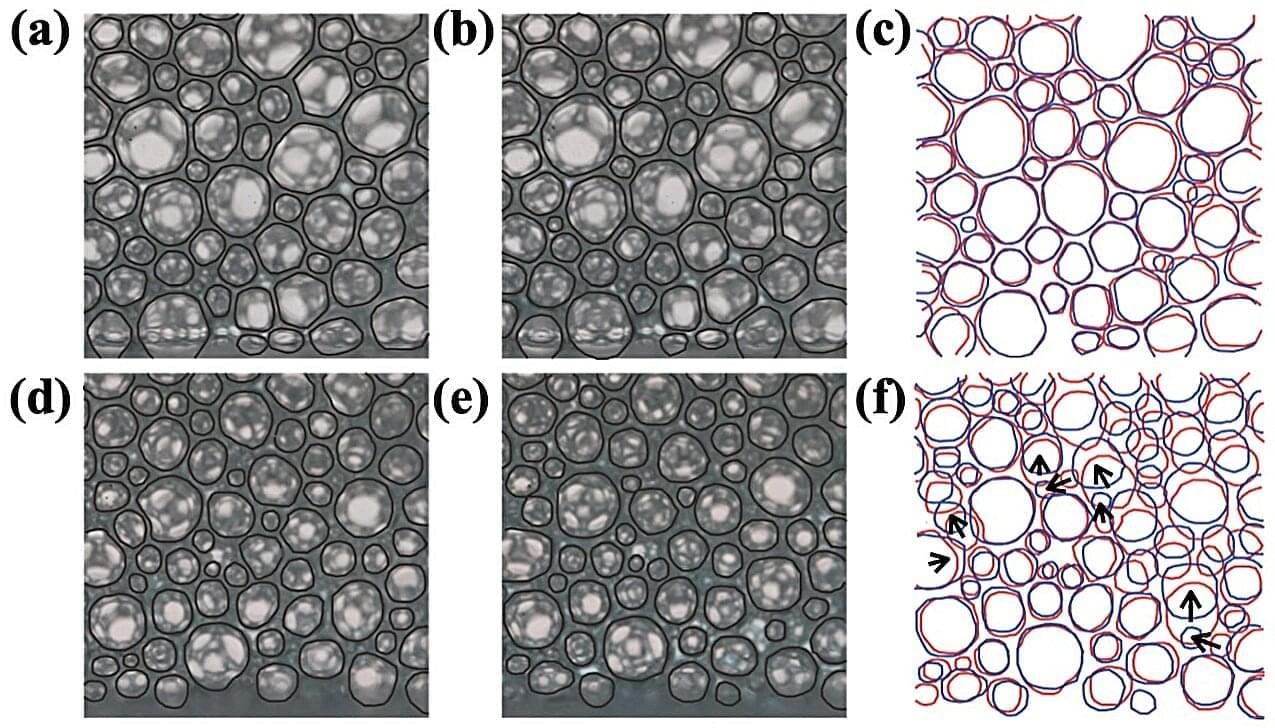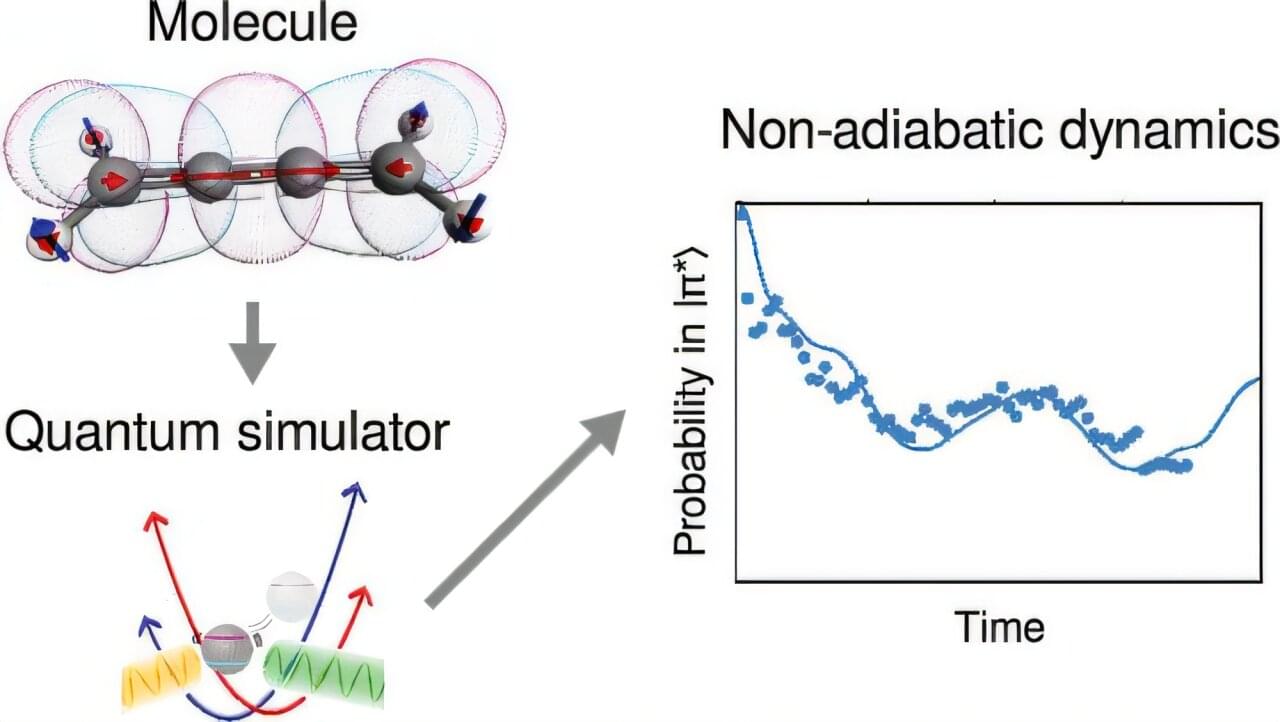If you’ve ever watched a flock of birds move in perfect unison or seen ripples travel across a pond, you’ve witnessed nature’s remarkable ability to coordinate motion. Recently, a team of scientists and engineers at Rice University discovered a similar phenomenon on a microscopic scale, where tiny magnetic particles driven by rotating fields spontaneously move along the edges of clusters driven by invisible “edge currents” that follow the rules of an unexpected branch of physics.
The research is published in the journal Physical Review Research.
“When I saw the initial data—with streams of particles moving faster along the edges than in the middle—I said ‘these are edge flows’ and we got to work exploring this,” said corresponding author Evelyn Tang, assistant professor of physics and astronomy. “What’s very exciting is that we can explain their emergence using ideas from topological physics, a field that became prominent due to quantum computers and exotic materials.”









